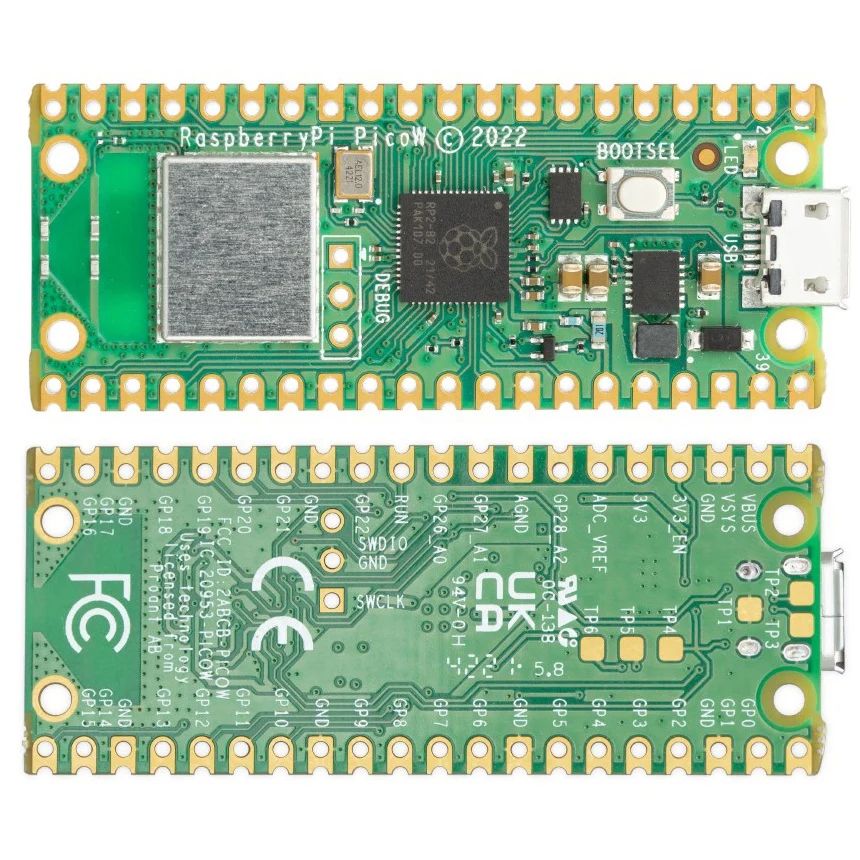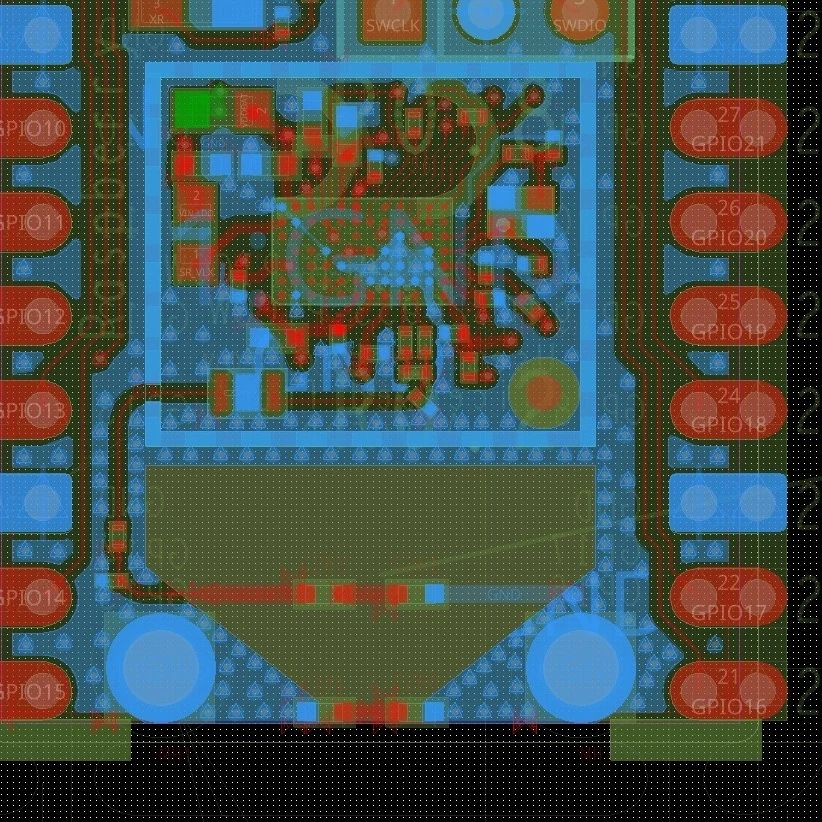



A couple of days ago, Raspberry Pi Foundation released their new board Pico W for $6 which is an extension of the basic Pico board with wireless capabilities. It’s a big deal in the maker/hobby market because of the price. Now there is a good competitor to the ever-popular ESP32 series because of the wireless option. The board comes with WiFi for IoT applications.
Pico W contains the RP2040 chip which is a Cortex M0+ chip(one of the best in the class chip for the price of <$1, check posts of last year for detailed analysis on this chip) and to enable wireless capabilities they have partnered Infineon and used their CYW43439 dual-purpose wireless chip. It can do WiFi(2.4GHz) and Bluetooth 5.2. Currently, only WiFi is enabled on firmware but BLE support I am sure will soon follow. CYW43439 contains a dual-processor M3 and M4 for handling each of WiFi and BLE stack with a single physical antenna section handling both. Although it contains those processors, they are not application processors and are merely there for handling communication(Unlike Nordic’s BLE series). It needs a host controller to handle the application and transmit the data via high-speed SPI to it. If you check the PCB layout you can find the BGA wireless chip under the metal casing(Mostly for passing certification tests of EU and FCC) for the radio module with a dedicated crystal and 2.4GHz PCB antenna coming out of it.
I am sure folks from Arduino are starting to feel the heat with Rpi launching much cheaper boards. One thing it has going for it is its availability. I don’t know how on earth Rpi Foundation is able to have chips available in these days of shortage. It seems to be the only major brand out consistently having chips and boards. I do believe one key factor for that is the professional/industry is not using RP2040 in major products. It’s a decent chip but has its flaws(No Flash Memory, poor low power performance etc). Overall it’s a good maker board as an ESP32 alternative.
